As businesses become more conscious of their environmental impact, the demand for green energy solutions continues to rise. Investing in green energy equipment, such as solar panels, wind turbines, and energy-efficient systems, not only reduces your company’s carbon footprint but can also lead to significant long-term cost savings. However, the initial investment required to implement these technologies can be substantial. This is why green energy equipment financing offers a practical solution for businesses aiming for sustainable growth.
In this blog, we will explore key financing options for green energy equipment and how they can help you manage upfront costs while transitioning to more sustainable energy sources.
Why Invest in Green Energy Equipment?
Switching to green energy is an effective way for businesses to boost efficiency, cut costs, and stay in line with growing environmental regulations. The article below outlines why making this investment is worthwhile.
- Cost Savings Over Time: Energy-efficient systems lower energy bills by reducing your reliance on traditional energy sources.
- Environmental Impact: Embracing renewable energy enhances your corporate social responsibility and can significantly improve your brand reputation.
- Regulatory Compliance: With stricter environmental regulations, green energy can help ensure your business stays compliant with industry standards.
Despite these benefits, financing the upfront costs can be a challenge. Fortunately, there are several financing options available to help businesses make the switch to green energy equipment.
Key Options for Green Energy Equipment Financing
Several financing options can help businesses fund their green energy initiatives, each with its own benefits and considerations. Let’s look at the best options available.
1. Green Equipment Loans
Green equipment loans are designed specifically to fund renewable energy projects. These loans provide businesses with the capital needed to purchase and install green energy equipment, allowing them to repay the loan over a period of time with manageable monthly installments.
Benefits:
- Fixed interest rates provide a business with a known cost from the outset, making it easier to budget.
- Potential tax benefits, as some loans qualify for government incentives promoting green energy.
When to use: If your goal is to own your energy equipment outright and enjoy long-term savings, green equipment loans offer a straightforward financing option. Businesses that have the financial stability to maintain fixed payments over a set period will find this a suitable solution.
2. Equipment Leasing
Leasing green energy equipment, such as solar panels or energy-efficient systems, allows businesses to use the equipment without the upfront costs of purchasing. With the leasing option in equipment finance, businesses pay a monthly fee for the equipment over an agreed term, with the option to buy it at the end.
Benefits:
- No large initial investment, which preserves cash flow.
- Flexibility to upgrade to newer technologies when the lease ends.
When to use: Leasing is ideal for businesses that want to implement green energy solutions but aren’t ready for the long-term commitment of ownership. It provides flexibility, especially if you anticipate needing newer technology as it becomes available.

3. Power Purchase Agreements (PPAs)
A Power Purchase Agreement (PPA) is a contract between a business and a green energy provider. Under a PPA, the provider installs and maintains the energy equipment (such as solar panels), and the business agrees to purchase the electricity generated at a fixed rate for a set period.
Benefits:
- No upfront costs, as the energy provider owns and maintains the equipment.
- Predictable energy pricing, which protects against fluctuating energy costs.
When to use: PPAs are a great option for businesses looking to reduce energy costs without the responsibility of owning or maintaining the equipment. This arrangement is suited to companies that prioritise sustainability but want to minimise financial risk.
4. Green Grants and Government Incentives
Governments and industry bodies offer grants, rebates, and incentives to encourage businesses to invest in renewable energy. These funds do not need to be repaid, making them an excellent way to reduce the overall cost of green energy projects.
Benefits:
- Free or partially funded money to support green energy investments.
- Potential tax credits for adopting renewable energy technologies.
When to use: If your business is eligible, applying for grants and taking advantage of incentives can significantly reduce the financial burden of transitioning to green energy. Research local and national programs that align with your sustainability goals.
How to Choose the Right Green Energy Equipment Financing Option
Choosing the right financing option for your business depends on several factors, including your financial health, energy needs, and long-term sustainability goals. Here are some steps to help you decide.
- Evaluate your cash flow: Determine how much you can afford in terms of monthly payments or upfront costs. For example, if you have a tight budget, leasing or PPAs may be more suitable than a loan.
- Consider your long-term goals: If your goal is to own the equipment and benefit from energy savings over the long term, a green equipment loan might be the best choice. On the other hand, if you want flexibility and the ability to upgrade frequently, leasing might be a better fit.
- Research available grants: Look into government incentives and grant opportunities that could offset some of the costs. This is especially useful for businesses that want to maximise their return on investment in green energy projects.
Steps to Apply for Green Energy Equipment Financing
- Assess your energy needs: Conduct an energy audit to understand how green energy equipment can reduce costs and improve efficiency.
- Prepare financial documentation: Ensure that your business’s financials are in order to present a strong case to lenders or leasing companies.
- Compare financing options: Look at the terms, interest rates, and repayment schedules of different financing solutions. Evaluate which aligns best with your business’s financial capacity and sustainability objectives.
- Apply for financing or grants: Submit your application, ensuring all necessary documents are included, such as financial statements, energy assessments, and business plans.
Investing in green energy equipment is a smart move for businesses aiming for sustainable growth. While the initial costs can be high, the right financing solution can make these investments more manageable, helping you improve energy efficiency, reduce operational costs, and contribute to a greener future. Whether you opt for green equipment loans, leasing, PPAs, or government grants, each option provides a pathway to achieving your sustainability goals.
Get in touch with Business Finance House today and let our experts help you find the best business finance solutions tailored to your needs.


